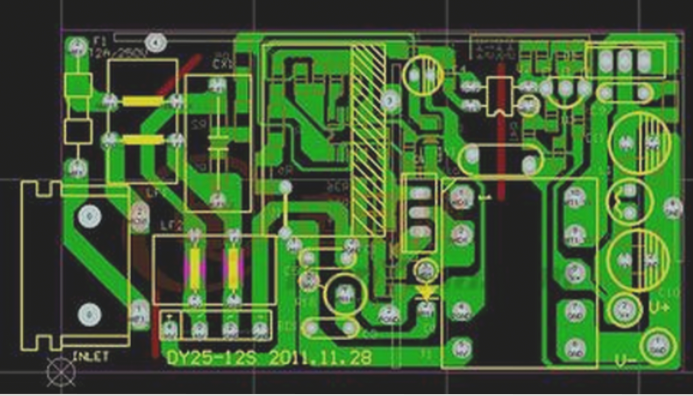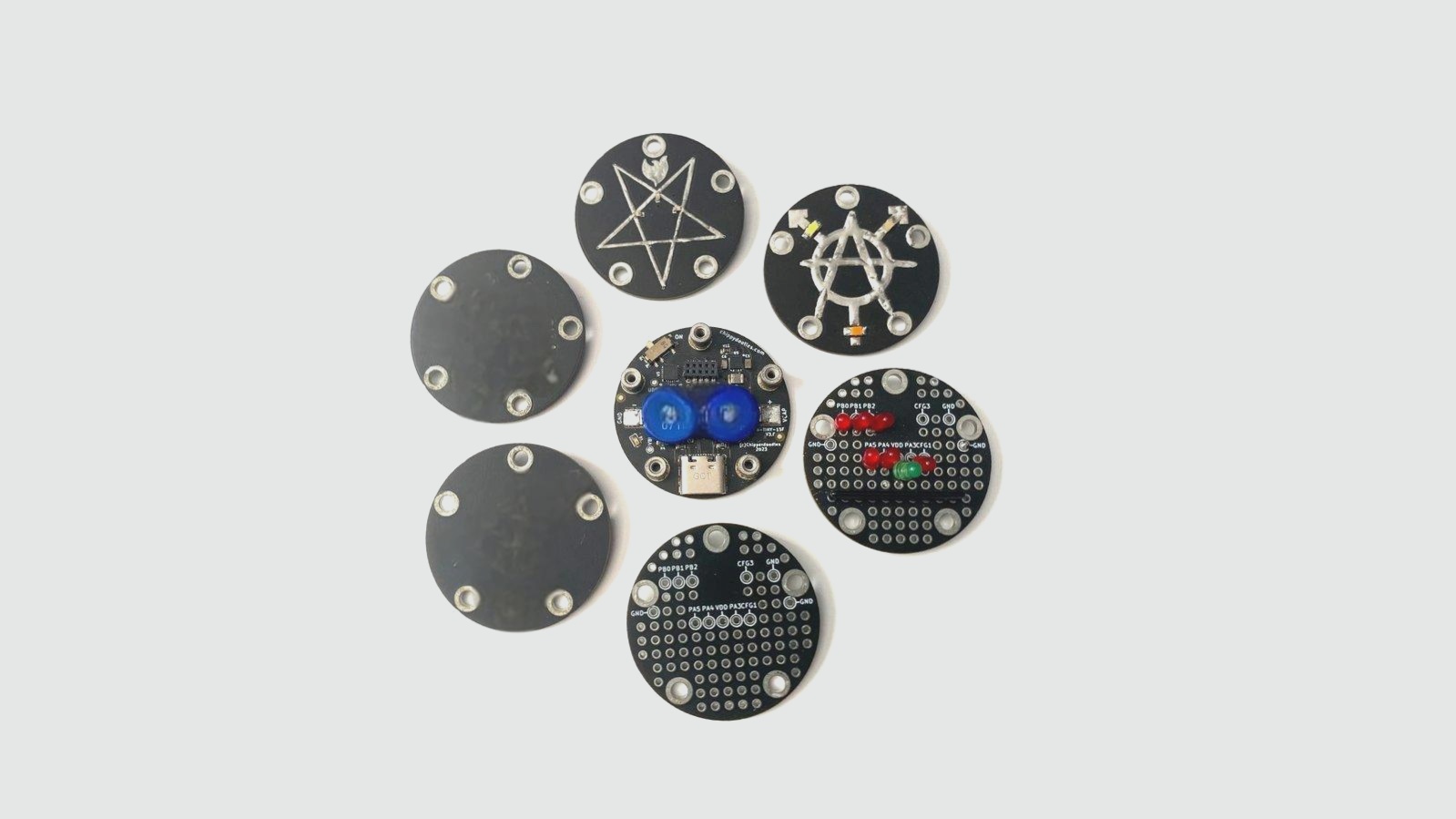Final Quality Control
FQC, also known as Final Quality Control, is the last comprehensive inspection process for printed circuit boards (PCBs) before they are shipped out. This step is vital in ensuring that the boards meet all required specifications. Quality checks are carried out at various stages of PCB production, but FQC is crucial in preventing faulty boards from reaching customers, thus protecting their interests.
During the inspection, visual assessments and production tools are used to evaluate different quality aspects of the boards. These assessments cover appearance (color, gloss, roughness, burrs, scratches), dimensions, apertures, and performance tests related to physical, chemical, electrical, and mechanical properties. Defective boards are identified, repaired, or discarded, while boards meeting specifications undergo cleaning to eliminate dust and contaminants before packaging.
Packaging
PCBs are carefully sealed in transparent air bubble bags with desiccants to prevent pad oxidation, which can impact the assembly process. Additional bubble wrap is added inside the packaging box to shield against moisture and minimize damage during transportation. The boards are sorted, labeled, and packaged according to customer requirements. The packaging may include relevant inspection reports like default inspection reports, microsection inspection reports, thermal stress reports, or other necessary documentation. The exterior of the box must display essential order details such as part numbers, production cycles, quantities, and other relevant information. The boxes are stored in a dry, well-ventilated area, away from direct sunlight, until they are ready for shipment.
If you have any queries regarding PCBs or PCBA, please don’t hesitate to reach out to me at info@wellcircuits.com.




